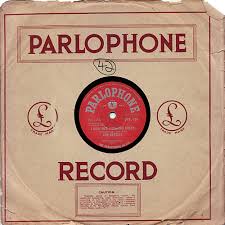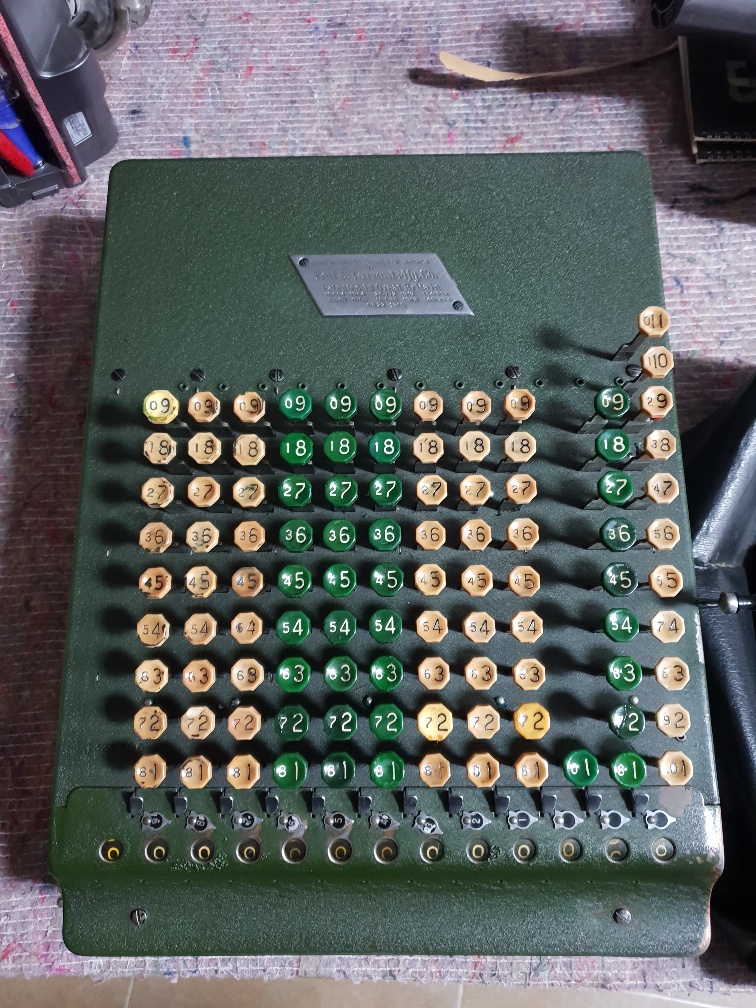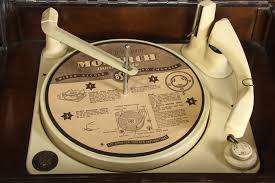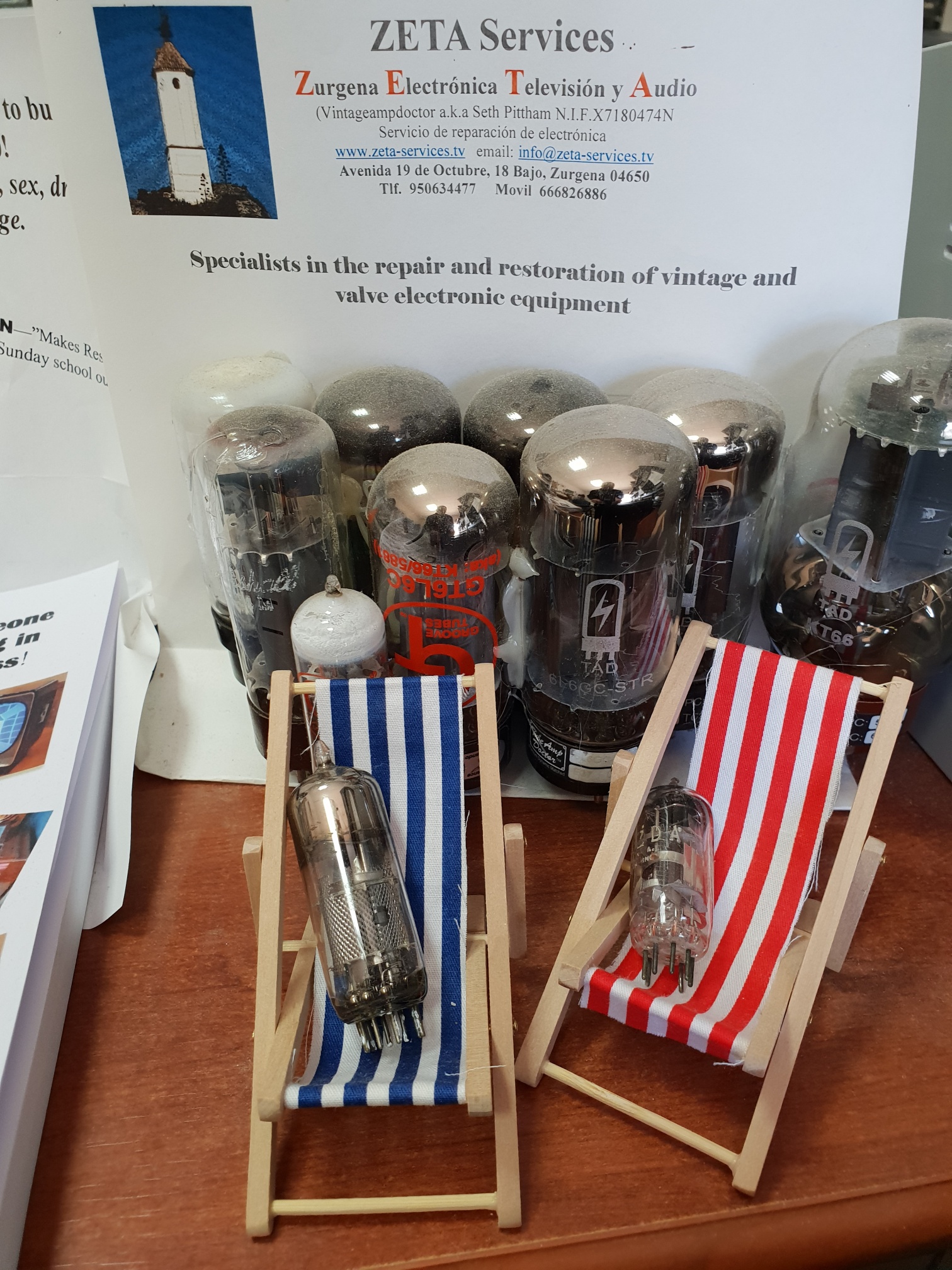
A customer came in the other day, whilst I was repairing a 1950s record player. I actually had a 78rpm 10” record on the machine testing it. The customer, in her early 20s, looked amazed, wondering what the hell this record was all about.
The younger generation will have no idea what a 78 rpm record is. Ask to compare it to a CD, iPod etc, and you will be told you’re having a laugh
What’s a 78 rpm record, what did you get for your money? Right. It all started at the turn of the last century. Take some shellac, ground up cotton powder, slate dust, any other filler to hand and some wax. Heat this all up, stir and avoid getting too many bubbles in the mix. Press between two 10 inch aluminum master recordings discs, drill a hole in the middle, stick a label, there you have it. The final product, a nice shiny record. This method of construction lasted ’til the 1950s. Buying one of these nice records in the ’50s would cost some 3 to 6 shillings. Not much I hear you cry, but think about what you would earn a week in the ’50s. A shop worker may take home £3-5 a week. So, this was a little treasure.
What did you get for your 6 bob? You got two sides of recording with a bandwidth of about 6Khz. Nothing by today’s standards. Each side lasted about 3 minutes. This maximum time, popular belief has it, was governed by the width of the records’ spiral grove that worked its’ way toward the centre. The grove was modulated (wobbled from side to side) to contain the music. When the needle of the pick up was rested in the grove and the record spun round, hopefully, you got your sound delivered. The record, being made from this strange concoction, was not very strong, The walls of the grove had to be spaced apart by about a thousandth on an inch. Anything less and the walls of the groves would fall apart under the pressure of the pick up. So, you soon run out of space for your spiral grove on a flat 10 inch disc. The real reason for the 3 minuet limitation, I like to think is this; The “10 inch 78 rpm standard” was invented by an American company. The average attention span of an American is 3 minutes, so…. There’s your answer. Why have a record lasing longer when they would fall asleep half way through.
Unlike CDs, you could not drop one of these records. Well, you could but the result would be a mess. 6 bob down the drain. If you did drop a record and you had a clean break, two pieces, you may have stood a chance of sellotaping the two halves together. Putting the tape of the “B” side of course. As the disc was played, you would now hear two nice pops each time the record went round. At 78 revs per minute and lasting 3 minutes, this meant you had to suffer 500 odd clicks and pops. No good really!
On what did you play these masterpieces you ask? If you had little money, you’d have a “wind up gramophone”. Mechanically spring driven turn table with a governor built in to ensure the disc went round at 78 rpm ish. After a year or so operation, it sounded like a bus engine. You had to pack the gear box with grease regularly. You had a piece of bent brass tube, a flare at one end (horn) and a pickup at the other. You may have had a portable player with a little sound box. You screwed a needle into the pickup and let the whole thing sit in the grove on your new record. Taking the motor’s brake off, after a minute of winding the handle, you were rewarded with a sort of noise, purporting to be a rendition of the original recording. Watch out for the needle. If you were lucky, you’d get two of plays of a record from one needle. The needle had a hard life, stuck in a disc flying round at 78 times a second took its’ toll, especially if you were listening to loud rock n roll. Quiet classical recording meant the needle lasted a bit longer. The needle became unevenly worn. Continuing, the needle would fail to sit in your records’ grove, eventually sliding all over the place, making a mess of the disc. Cleaver chappies thought taking the needle out and rotating 180 degrees, you could get another play. It might do, but doing this was like running a chisel across the record with a nice line of swarf from the surface. Game over. A wind up machine would have cost you about £6. The motor was spring driven, normally 2 spings working in series to give you about 3 minutes of playing time. Springs would often break. Both caged in 6″ diameter drums, a repair not to be undertaken by the faint hearted. Springs were substantial devices. Take one of these out of its’ cage – suicide! The spring would fly out, covering everything in a 20 mile radius with nasty black grease. The spring had enough energy to cut your head off, take down walls of Victorian houses and slice through London busses, complete with occupants. I tried it once in Tooting.
If you were well off, a bank manager, bank robber, car salesman Doctor etc. you could afford a piece of furniture called a radiogram. You had an electrically driven turntable and a wireless. You now had control over the volume! and if you were lucky, you could stack your records together to be played one after the other, on your automatic turntable. Some of the earlier decks were not record friendly. Balance half a dozen of your 6 bob records on the turntables’ spindle and if God was smiling upon you that day, they would drop down, one after the other, in sequence when the pickup arm had finished playing one and moved away ready for the second. If you hadn’t been to church that morning, the records would randomly drop down, on top of the pickup whilst playing. All hell would break loose. You would put your pipe down, jump up from your arm chair and run over to the radiogram to make rescue plans. Records would break, the pickup and or needle would become damaged. RCA made some interesting decks, where the finished record would be lifted up and allowed to slide down a shoot in the bottom of the cabinet. I came complete with a dustpan and brush so you could seep out all the debris. You would soon be £3 the poorer having lost your records to this daemon machine. That’s why you had a wireless built in you see, because you had no more records left to listen to.
Radiograms in the late 1930s could cost anything from £20 for a budget set, bought on the tick and then do a runner after a year, to £140 for a nice McMurdo, RGD, Decca etc. In 1940s, Decca invented a full range pickup which was to revolutionise home reproduction. Sound that is, not making kids. The pickup was much lighter, had a sapphire or diamond tipped needle. The output of this was fed into a well designed valve amplifier. You only had about 6 watts of power, more than enough. Hi Fi had arrived in the UK.
CDs, I agree are much more convenient. Try playing a 78 rpm in the car going 70 Kilometres over the roundabouts through Albox. But, you had a feeling of achieving something when setting one of these to play. Bring back 78s. At least I would be able to sell my stock of needles!









Interesante!